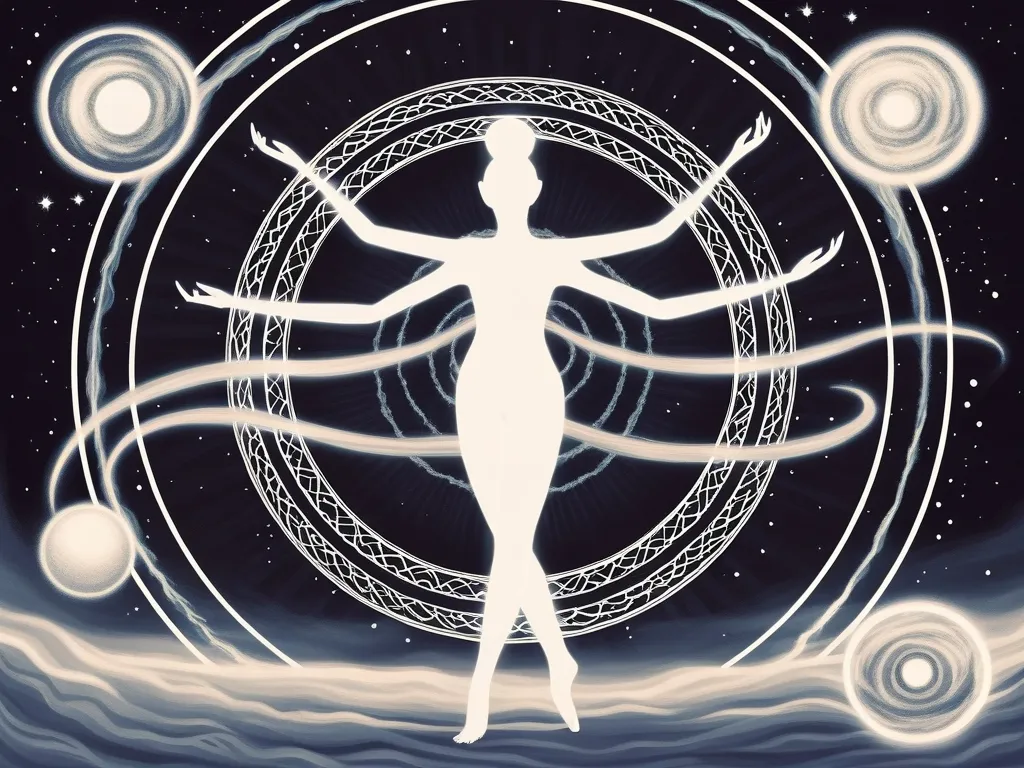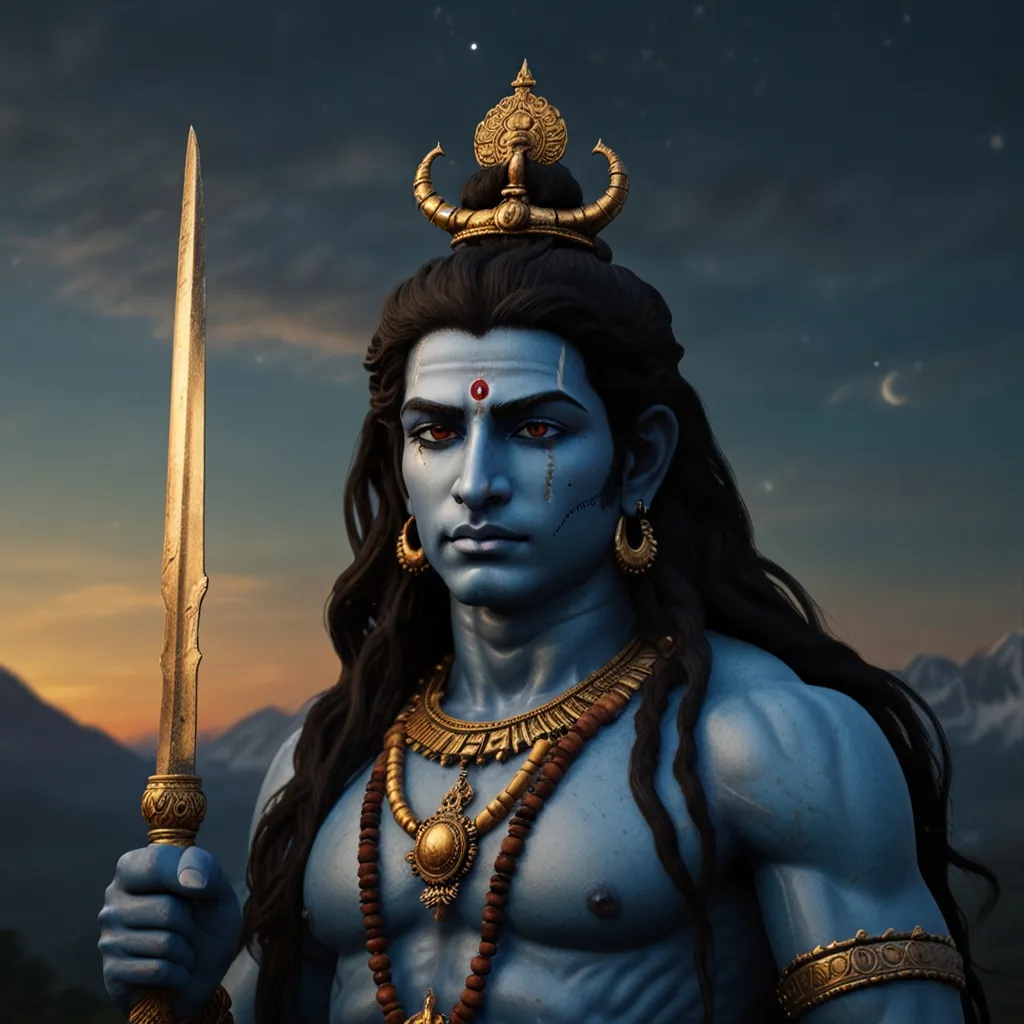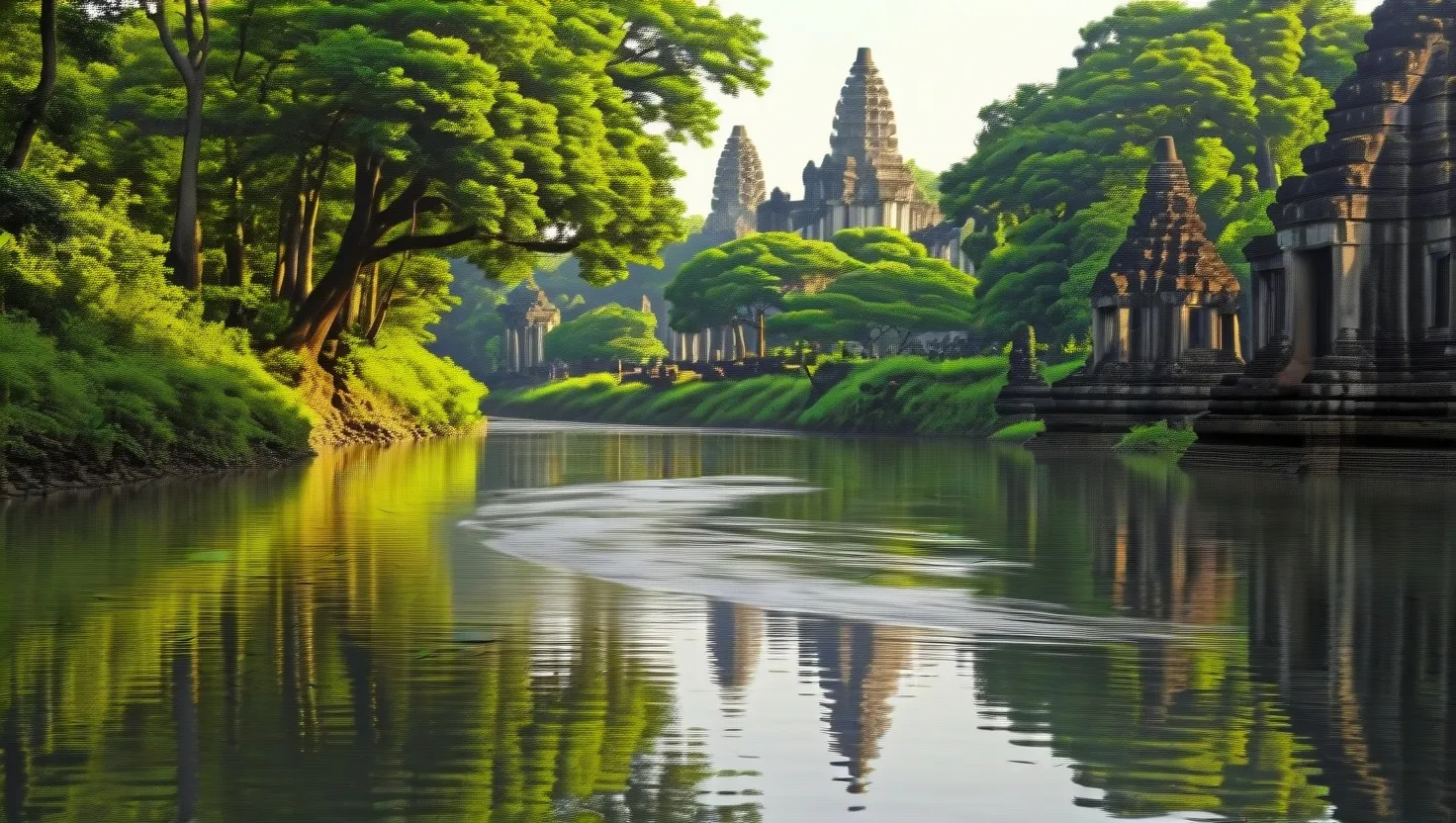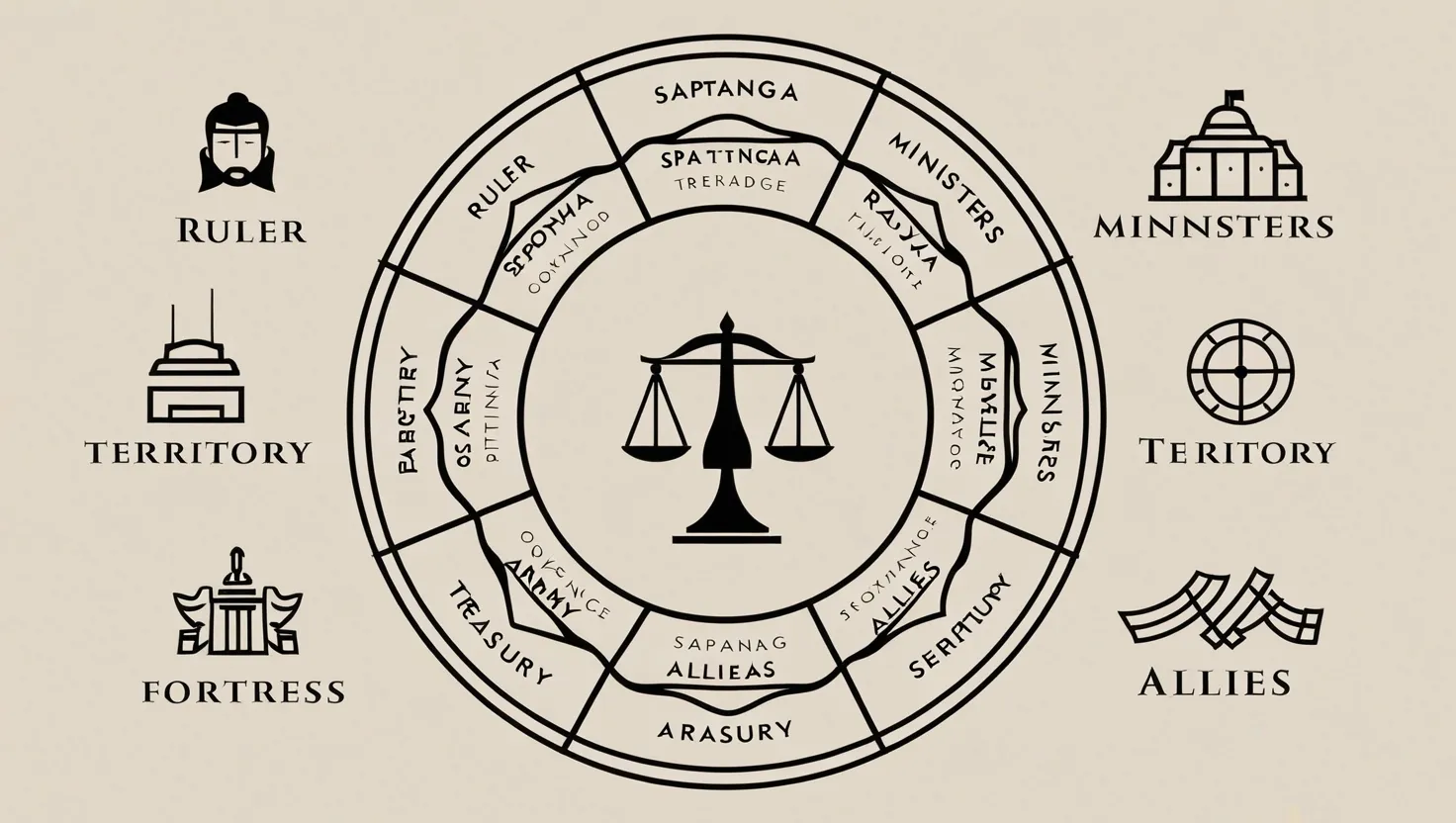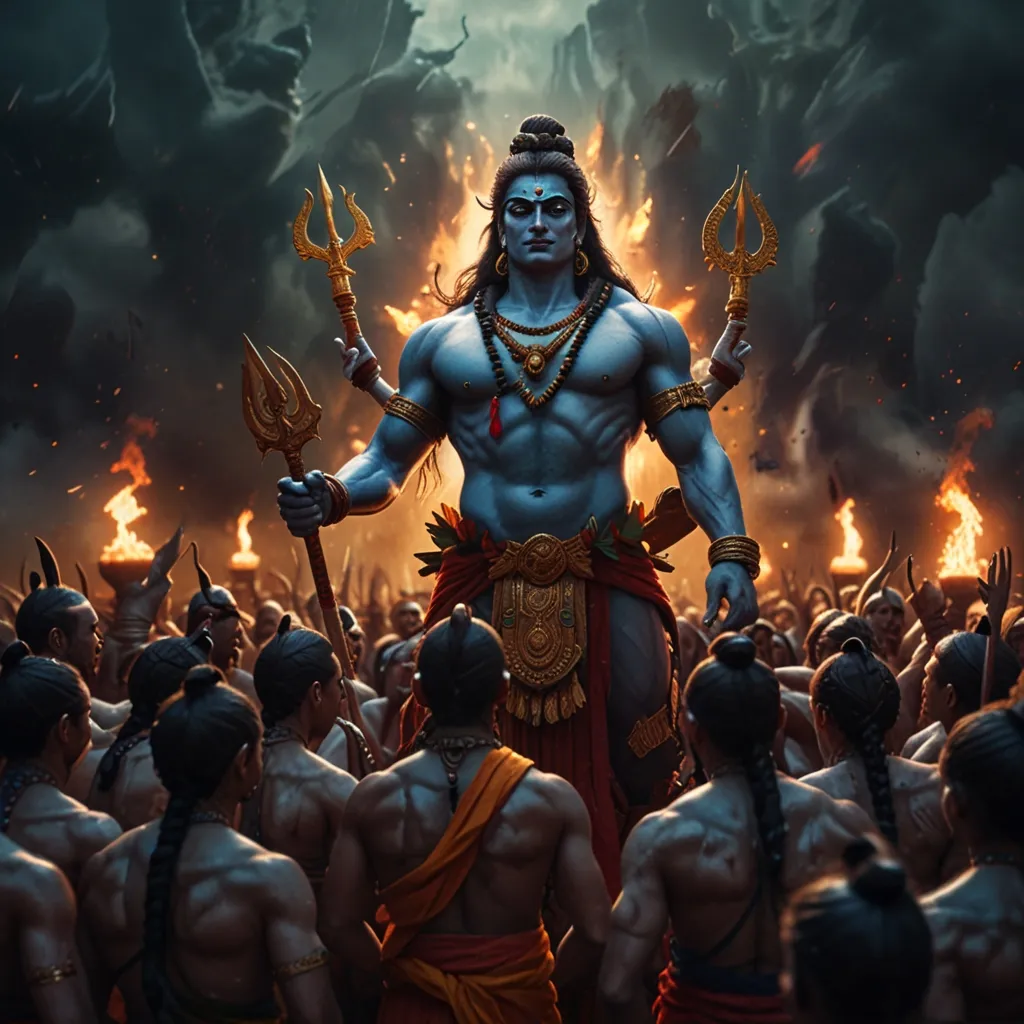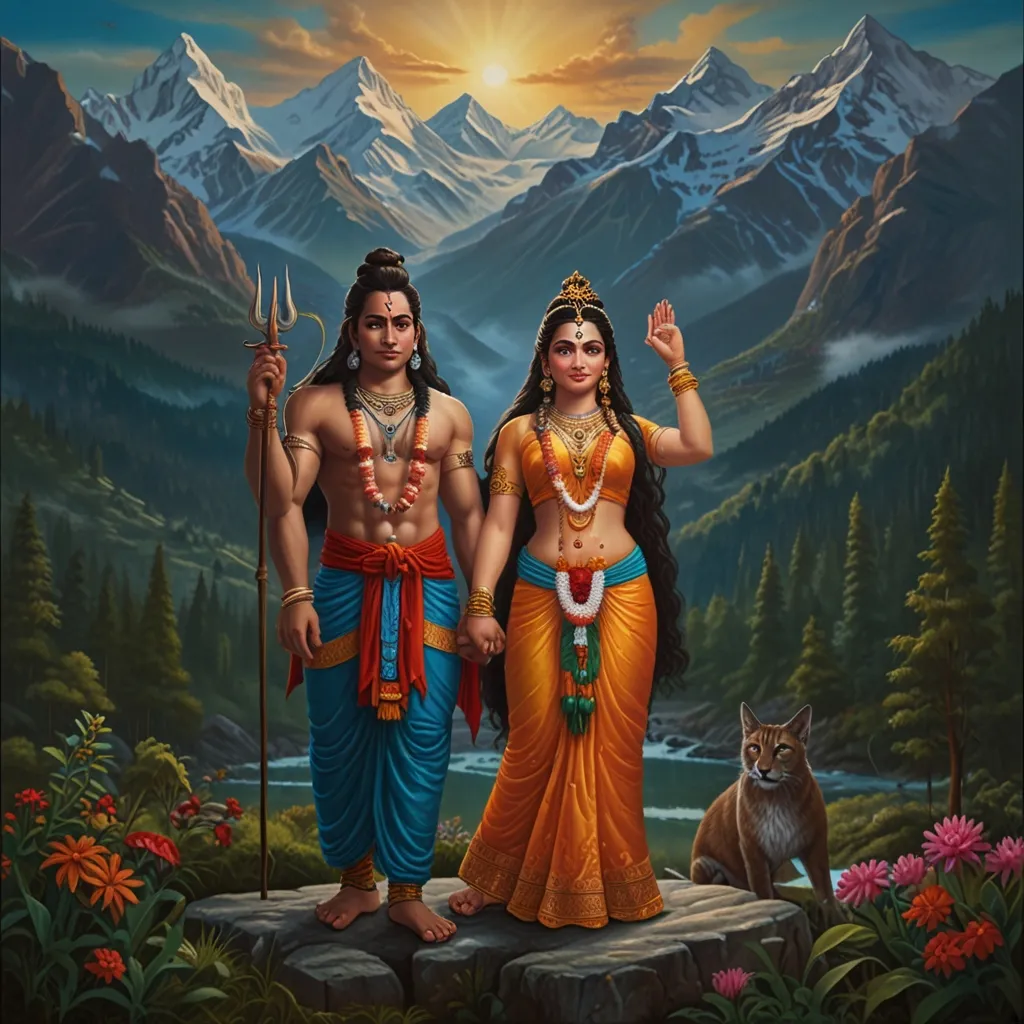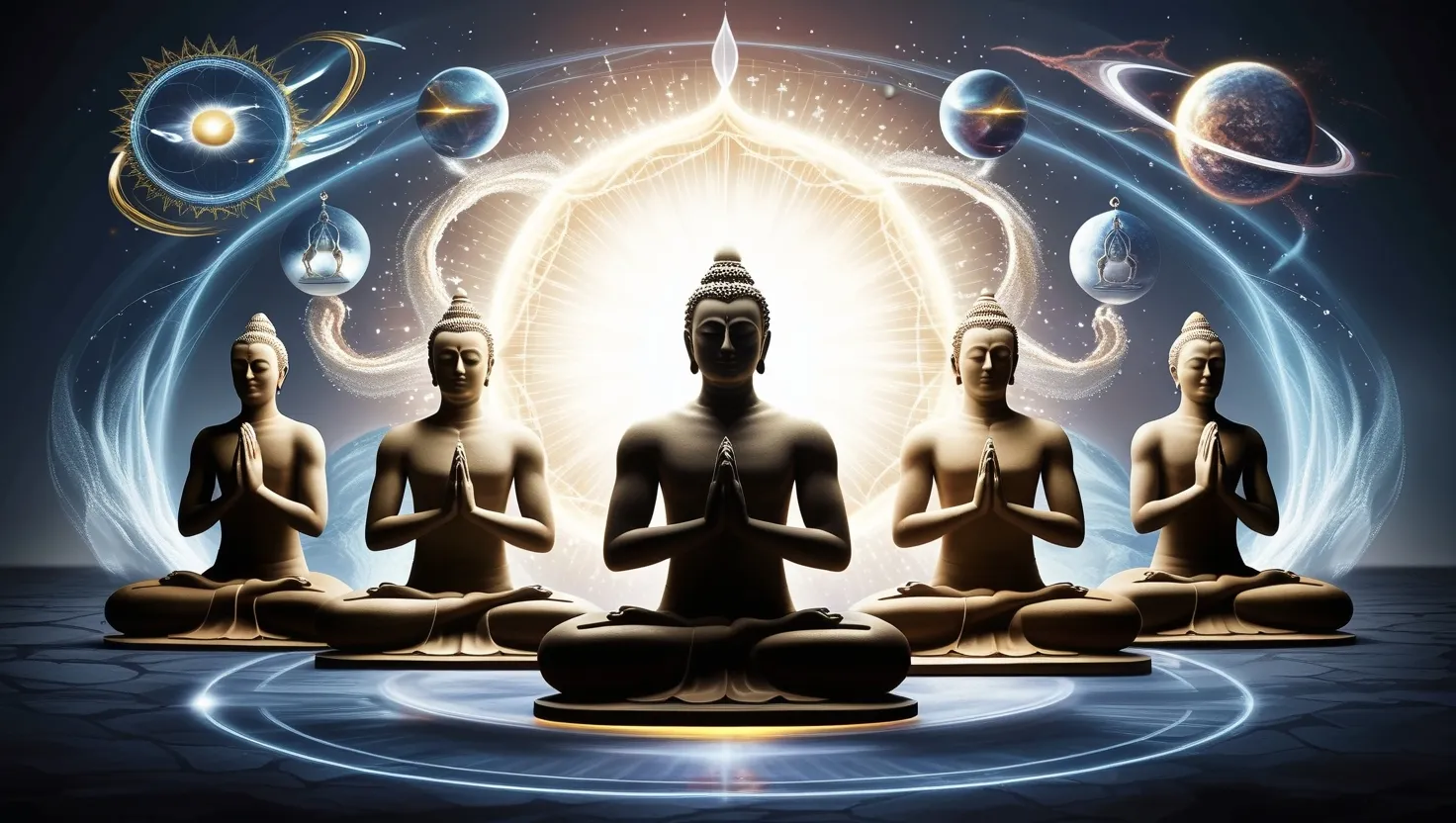In the vast and intricate tapestry of Hindu philosophy, the concept of time, or ‘Kala’, stands out as a fascinating and complex entity. Unlike the linear progression of time that many of us are accustomed to, Hinduism views time as an eternal, cyclical force that deeply influences the cosmic order and human destiny.
To delve into this enigmatic concept, let’s start with the basics. In Hindu beliefs, ‘Kala’ is not just a dimension; it is often personified and regarded as a powerful deity. This personification is rooted in the ancient scriptures, such as the Vedas and the Upanishads, where time is described as a cyclical phenomenon characterized by vast epochs known as Yugas. These Yugas are like chapters in the grand narrative of the universe’s life and death, each marking significant moral and spiritual shifts.
One of the most intriguing aspects of Kala is its association with Brahma’s day, or a Kalpa. A Kalpa is equal to 4.32 billion human years, a staggering scale that puts our own lifespans into perspective. This period includes 14 Manvantaras, or eras, each with its own set of events and changes, interspersed with Sandhyas, transitional periods that allow for the universe to evolve. This cycle of creation, preservation, and dissolution is endless, with Brahma creating, Vishnu preserving, and Shiva destroying, only to start the cycle anew.
This cyclical view of time is far from being just an abstract concept; it has profound implications on how Hindus understand their place in the world. It reminds us that nothing is permanent and that life is part of an ongoing, universal dance of time. For instance, during the festival of Diwali, Hindus celebrate the victory of light over darkness, symbolizing the cycle of time and the hope of new beginnings. This celebration is not just a festive event but a reminder to live in harmony with the natural cycles of the universe.
The concept of Kala is also deeply intertwined with the idea of the cosmic dance, particularly through the figure of Shiva as Nataraja, the Cosmic Dancer. Shiva’s dance is not just a metaphor; it represents the very essence of creation, preservation, and destruction. The dance is set within a ring of cosmic fire, symbolizing the cyclical nature of time. Each aspect of Shiva’s dance—creation (Srishti), preservation (Sthiti), destruction (Samhara), illusion (Tirobhava), and release (Anugraha)—highlights the balance and interdependence of these cosmic processes.
This dance is more than just a symbolic representation; it has been interpreted by modern physicists as a reflection of the rhythms of creation and destruction at the subatomic level. Fritjof Capra, in his work “The Tao of Physics,” notes that the dance of Shiva symbolizes the basis of all existence, where every subatomic particle performs an energy dance, reflecting the ceaseless flow of energy through an infinite variety of patterns. This parallel between ancient Hindu mythology and modern physics is striking, showing that the concept of Kala is not just a philosophical idea but a profound insight into the nature of the universe.
The Atharva Veda and the Linga Purana, lesser-discussed texts, offer additional insights into the concept of Kala. In these texts, time is described as a wheel turning through vast cycles of creation and destruction, known as pralaya. The creation hymn of the Hindus, the Nasadiya-sukta of the Rig-Veda, affirms an absolute beginning of things but also describes the origin of the universe as being beyond the concepts of existence and non-existence. This timeless and infinite vision of time is a hallmark of Hindu cosmology, where the universe is seen as periodically expanding and contracting.
The impact of this cyclical view of time on daily life and spiritual practices is significant. It encourages a sense of detachment and acceptance, knowing that everything is part of a larger cycle. In meditation practices, this understanding helps individuals to transcend the ephemeral nature of human experience and connect with the eternal and infinite. The concept of Kala reminds us that our lives are short and that the universe is in a constant state of change, being made and unmade.
This perspective also influences the Hindu concept of dharma and moksha. Dharma, or righteous living, is not just about following rules but about living in harmony with the natural order of the universe. Moksha, or liberation, is the ultimate goal, where the individual soul (Atman) realizes its true nature beyond the cycles of time. The cyclical view of time underscores the importance of living a good life, not just for personal gain but as part of the larger cosmic dance.
In personal terms, understanding Kala can be a transformative experience. It helps us see our lives as part of a grand narrative, where every moment is interconnected with the past and the future. This view can bring a sense of peace and purpose, knowing that our actions are not isolated events but part of the eternal cycle of creation, preservation, and destruction.
The connection between time and the spiritual progression of the Atman is deeply rooted in Hindu philosophy. The Upanishads, for example, discuss the concept of time in relation to the ultimate reality, Brahman. Here, time is seen as a manifestation of Brahman, and understanding this relationship is key to achieving spiritual liberation. The cyclical nature of time reminds us that our journey towards moksha is not a linear progression but a spiral path, where we return to the same points but with greater wisdom and understanding.
In conclusion, the concept of Kala in Hindu philosophy is a rich and complex tapestry that weaves together the cyclical nature of time, the cosmic dance, and the spiritual progression of the Atman. It is a reminder that our lives are part of an eternal and infinite universe, where creation, preservation, and destruction are ongoing processes. By embracing this view, we can find meaning and balance in our lives, living in harmony with the natural cycles of the universe and striving towards the ultimate goal of liberation.
As we navigate the complexities of life, the concept of Kala serves as a guiding light, reminding us of the interconnectedness of all things and the eternal nature of the universe. It is a philosophy that transcends the boundaries of time and space, offering us a profound understanding of our place in the grand scheme of existence. Whether through the festivals we celebrate, the myths we tell, or the spiritual practices we follow, the concept of Kala remains a central theme, enriching our lives with its timeless wisdom.
